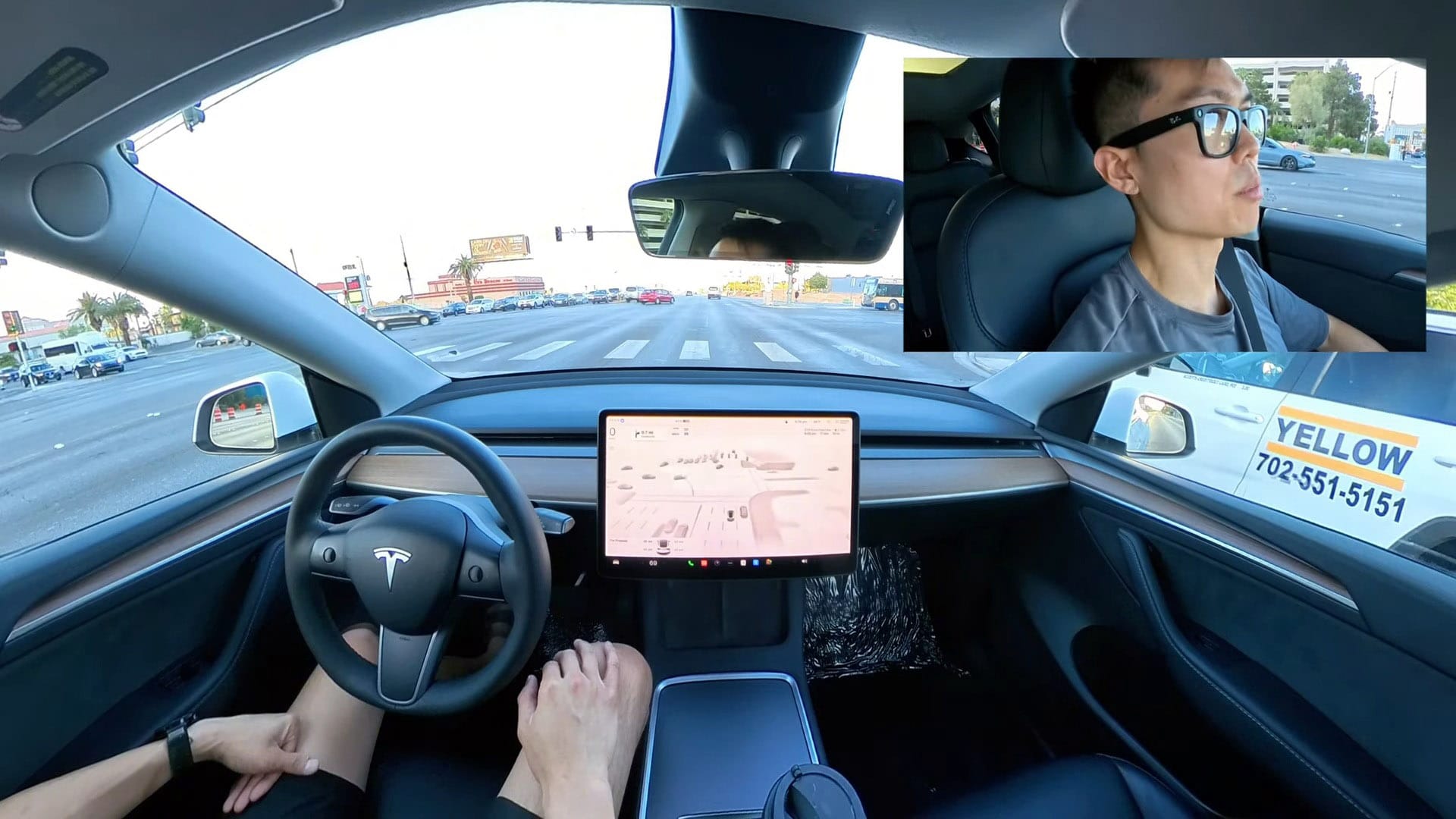Tesla is set to reveal a fully autonomous Robotaxi and potentially a ride-sharing platform, likely named the Cybercab service, on October 10.
Current Use of Tesla Vehicles
Meanwhile, Uber and Lyft drivers have been taking advantage of their Tesla vehicles as makeshift Robotaxis. They enter their destinations and let the cars navigate themselves.
One unfortunate incident involved a serious crash where the Tesla failed to detect an SUV cutting into its path. The driver intervened only to lessen the impact, resulting in the SUV driver being sent to the hospital.
Driver Experiences and Concerns
Reports from ride-share drivers interviewed by Reuters indicate that around 40% are using Tesla’s Full Self-Driving (FSD) feature regularly. While some express dissatisfaction with the $99/month service’s inconsistencies, they acknowledge that it significantly reduces the stress of driving in congested urban areas, allowing them to extend their working hours.
In contrast, some drivers choose not to use FSD when carrying passengers, especially in situations they believe the software struggles with, such as in construction zones or busy airport areas.
Responsibility and Safety
When questioned about these practices, Uber and Lyft distanced themselves, stating that the responsibility for passenger safety falls solely on the driver. They referenced the Tesla FSD manual, which highlights the necessity for constant supervision of the feature.
"Drivers must maintain a safe environment for riders, even if their driving methods don’t break any laws," Uber stated, while Lyft added that "drivers agree to avoid reckless behavior." Despite this, both platforms continue to enhance the experience for drivers using FSD.
Uber has introduced a software update that sends passenger pickup and destination information directly to the Tesla navigation system, simplifying the process for drivers using FSD.
Regulatory Landscape and Future Expectations
Tesla’s self-driving feature is not subjected to the same limitations as fully autonomous services like Waymo or Cruise, as it is classified as a Level 2 driver-assist system. This classification allows Uber and Lyft drivers to use it nearly anywhere, provided they supervise it.
However, some regulation or even a ban on this practice may be on the horizon, as the NHTSA is currently looking into accidents involving FSD.
For the time being, many Uber and Lyft drivers are looking forward to Tesla’s announcements during the Robotaxi event on October 10, eagerly anticipating that FSD 13 will further simplify their work.
You can find the Tesla Universal Wall Connector EV Charger with Dual Plug on Amazon.
Source: Reuters, Project Robotaxi (YT)


Leave a Reply